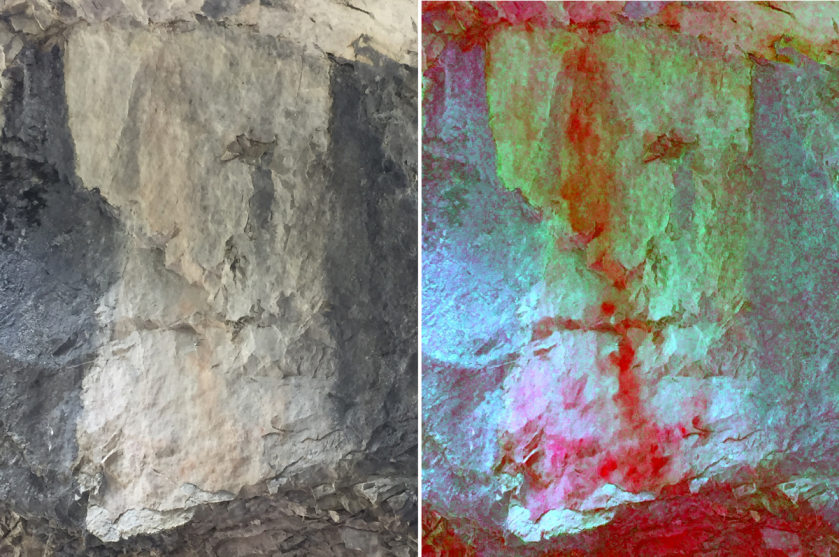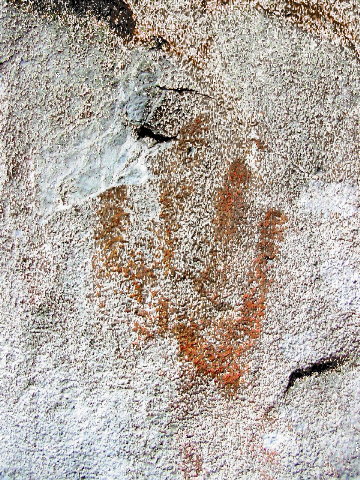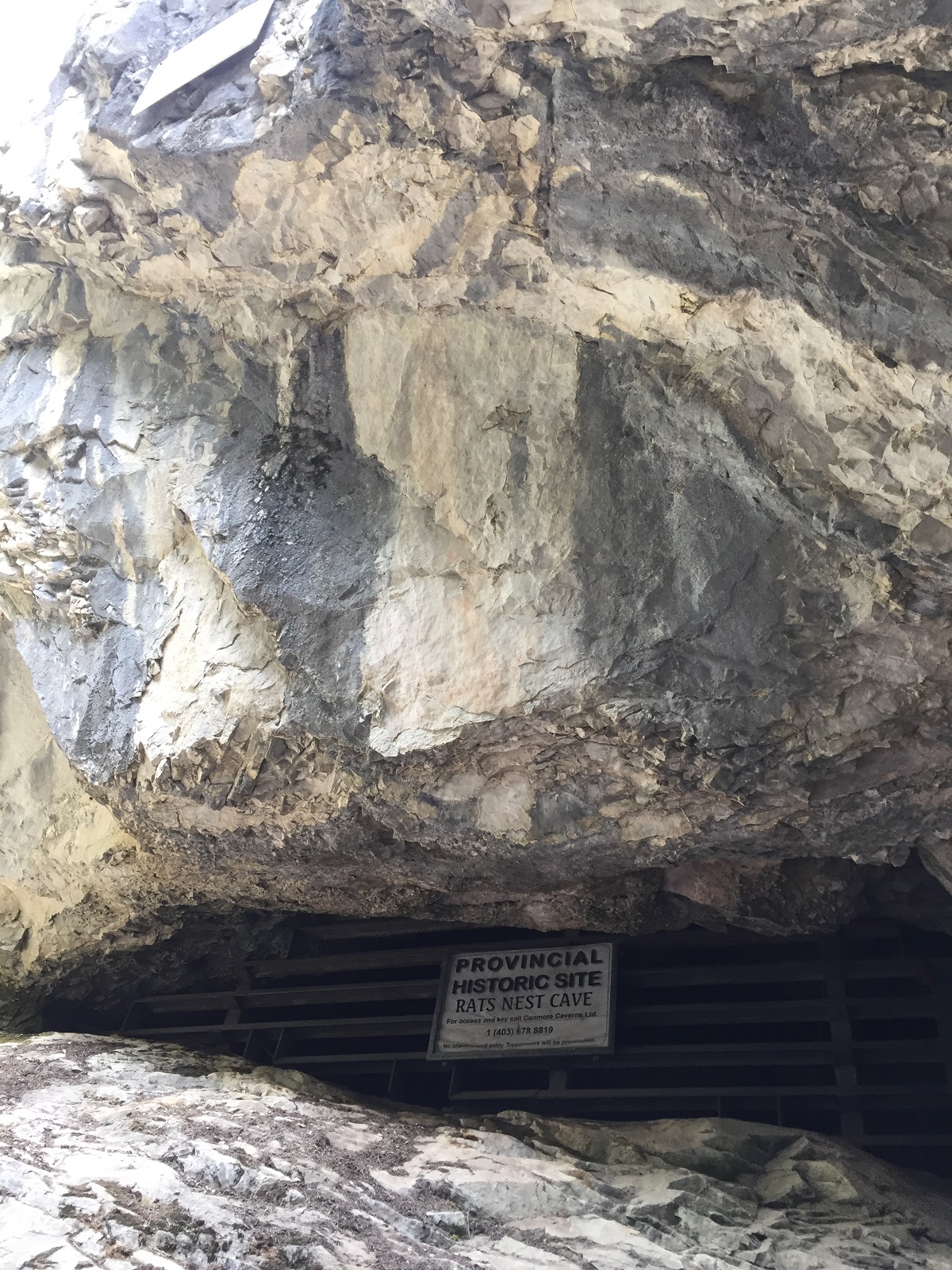Last year I visited a very interesting site located near Canmore, AB. The Rat’s Nest Cave is accessible through the touring company, Canmore Cave Tours, and can be visited all year round. With the help of my guide, Brent, I rappelled 18 m into the cave and squeezed through many tight water carved gaps and tunnels. Eventually you reach “the grotto” where you can hang out by a crystal clear pool and several beautiful stalagmites and stalactites.
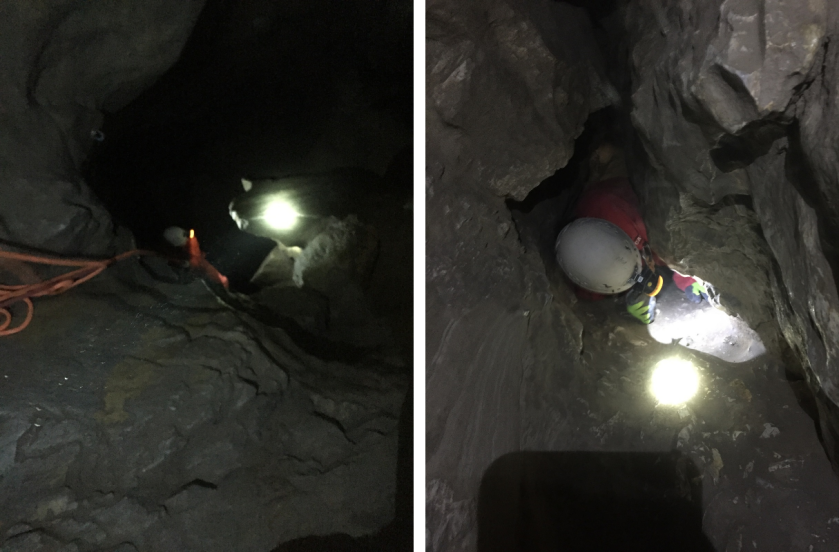
Also in the cave are many animal bones dating to approximately 7000 years ago and, although I didn’t see any while on the tour, several stone tools dating to 3000 years ago. One of the most fascinating aspects of the cave are the pictographs located at the entrance of the cave. Inside the cave, are several small rock paintings that indicate the cave was of cultural significance for the First Nations people possibly for thousands of years. My guide also informed me that there are several pictographs on the outside of the cave above the entrance but due to years of weathering they are not visible to the naked eye.
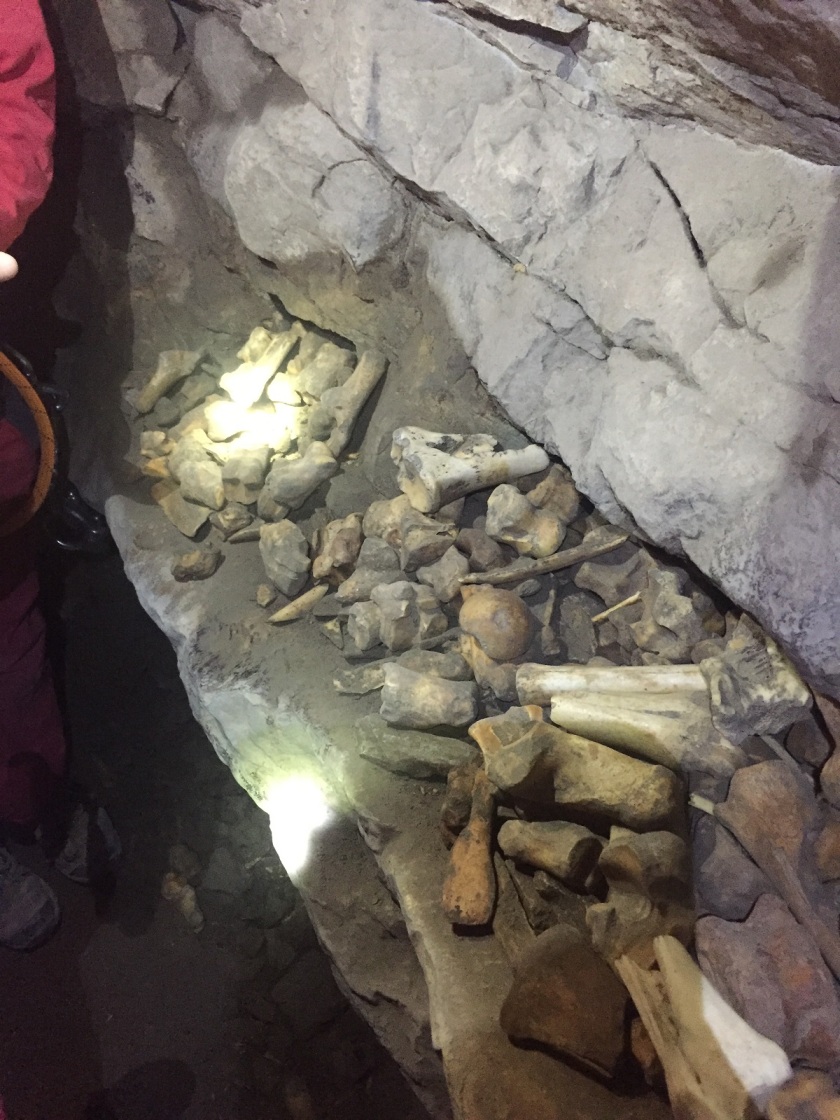
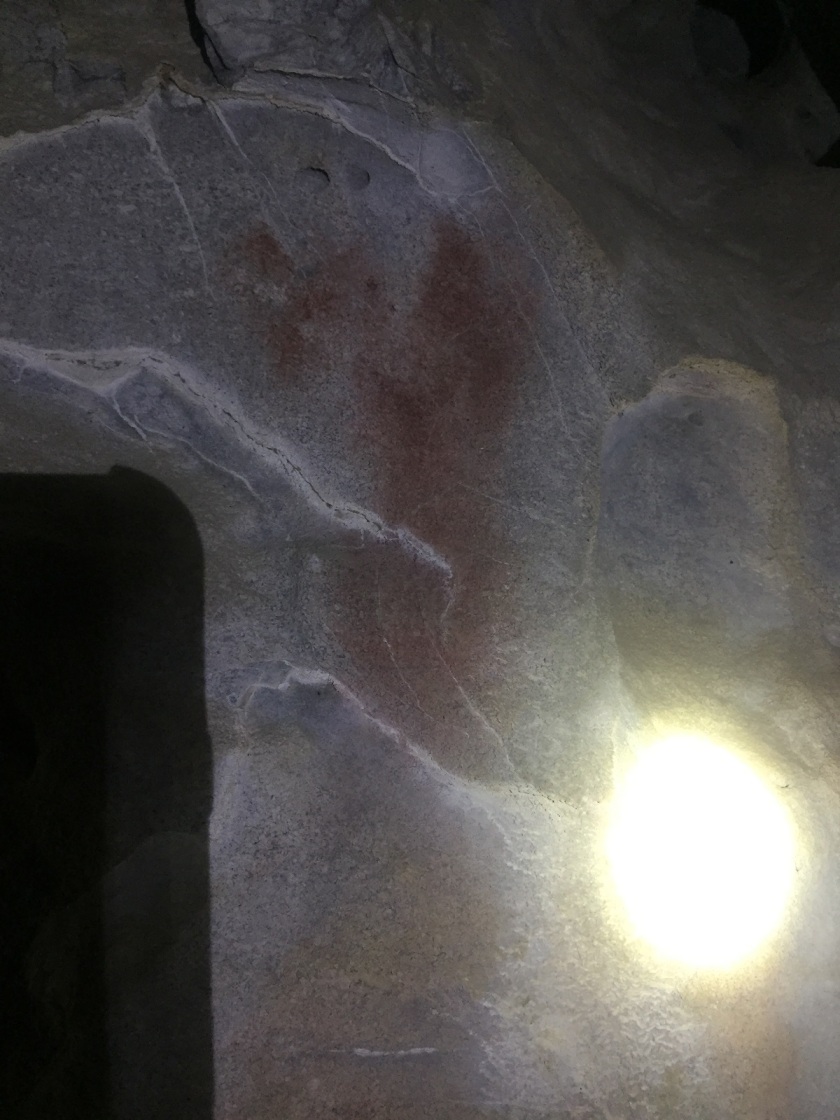
Luckily, recent advances in technology allow us to digitally enhance rock art paintings. A process called Decorrelation Stretch or simply D-Stretch is currently being used by archaeologists and rock art researchers to enhance even the faintest of pictographs. The process works by increasing differences in hue and stretching the contrast for each colour variance. When D-stretch is used to enhance the image of the entrance of the Rat’s Nest Cave, a series of handprints can be seen going up the wall.
